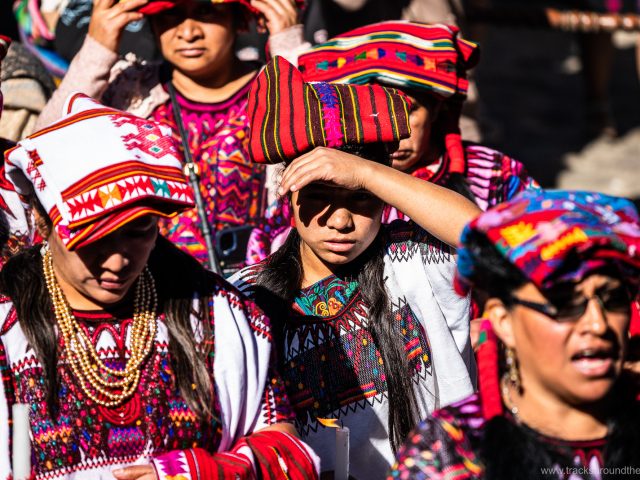The way to our campsite in Tbilisi behind the cathedral (where all overlanders are parking) is difficult. We make a mistake trying to avoid a traffic jam and, of course, end up in a maze of small streets with loud honking in front of and behind us. With our experience, we should have known better that avoiding traffic jams in unfamiliar cities with our size vehicle isn’t a good idea.
Our overnight parking place is very central and surprisingly quiet. We explore Tbilisi for two days and enjoy some good food. The Georgian, EU, and Ukrainian flags united together can be seen on almost every corner…. however, we don’t notice the demonstrations still taking place against the pro-Russian government that has been elected a few months ago.
After a short and very professional pit stop at MAN in Tbilisi (a state-of-the-art facility and one of the largest service points in the world), we continue to the David Garedzha Monastery, located on a barren plateau directly on the Armenian border. Its location, built into a steep cliff with sweeping views of the vast grasslands, is truly unique.
From there, we continue to the very east of Georgia. At the beautiful Eagle Canyon, we encounter a hailstorm which we have never ever experienced before. Hailstones almost as big as fists go down on Shujaa, and there’s no reasonable option to seek shelter. We fear for our windows, solar panels, etc., but when everything clears up again, we are relieved! Nothing has happened, but everything around us is white. The next day, after a grueling, potholed road, we reach the remote Vashlovani National Park. The trails have become very muddy after the heavy rain and hail. Unwillingly, we decide to abort this excursion. We’re not in the mood for any digging at the moment, so common sense prevails this time!
The Kakheti wine region around the city of Telavi is much more relaxed. The wineries we visited vary greatly: from extremely high-end/stylish to very basic. Georgia sees itself as the home of wine, and even today almost every family produces wine for their own consumption in their cellar. The traditional Georgian production method involves fermenting the grapes with the stems and skins/seeds in clay barrels sunk into the ground, which gives the wine a very “spicy” note. We, however, prefer Georgian wines based on using classic European methods!
On the way to Stepantsminda and the border with Russia, we stop in the beautiful Truso Valley, where we take a stunning 20-km hike to remote fortresses, villages, and travertine terraces. In beautiful weather, Georgia says farewell with offering a fantastic view of the Trinity Church, located at over 2,000 meters, and the over 5,000 meter high Mount Kazbegi behind it!




























































































Bonjour…superbe…
😍